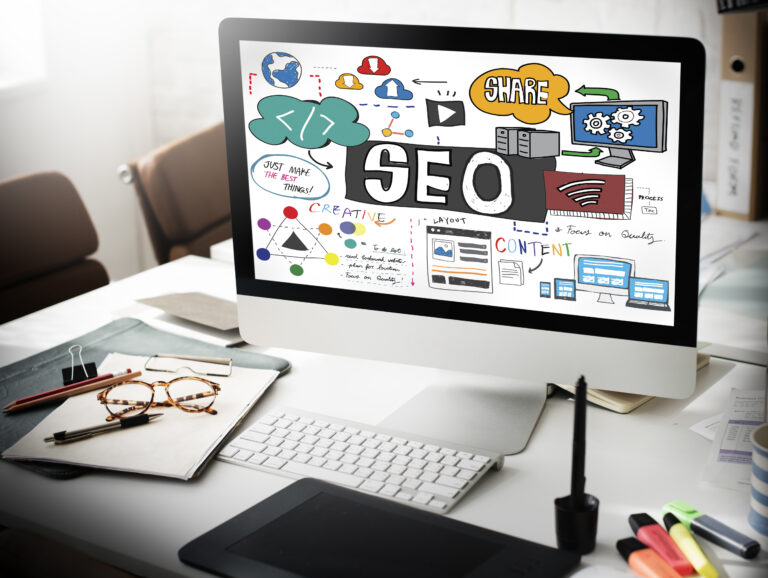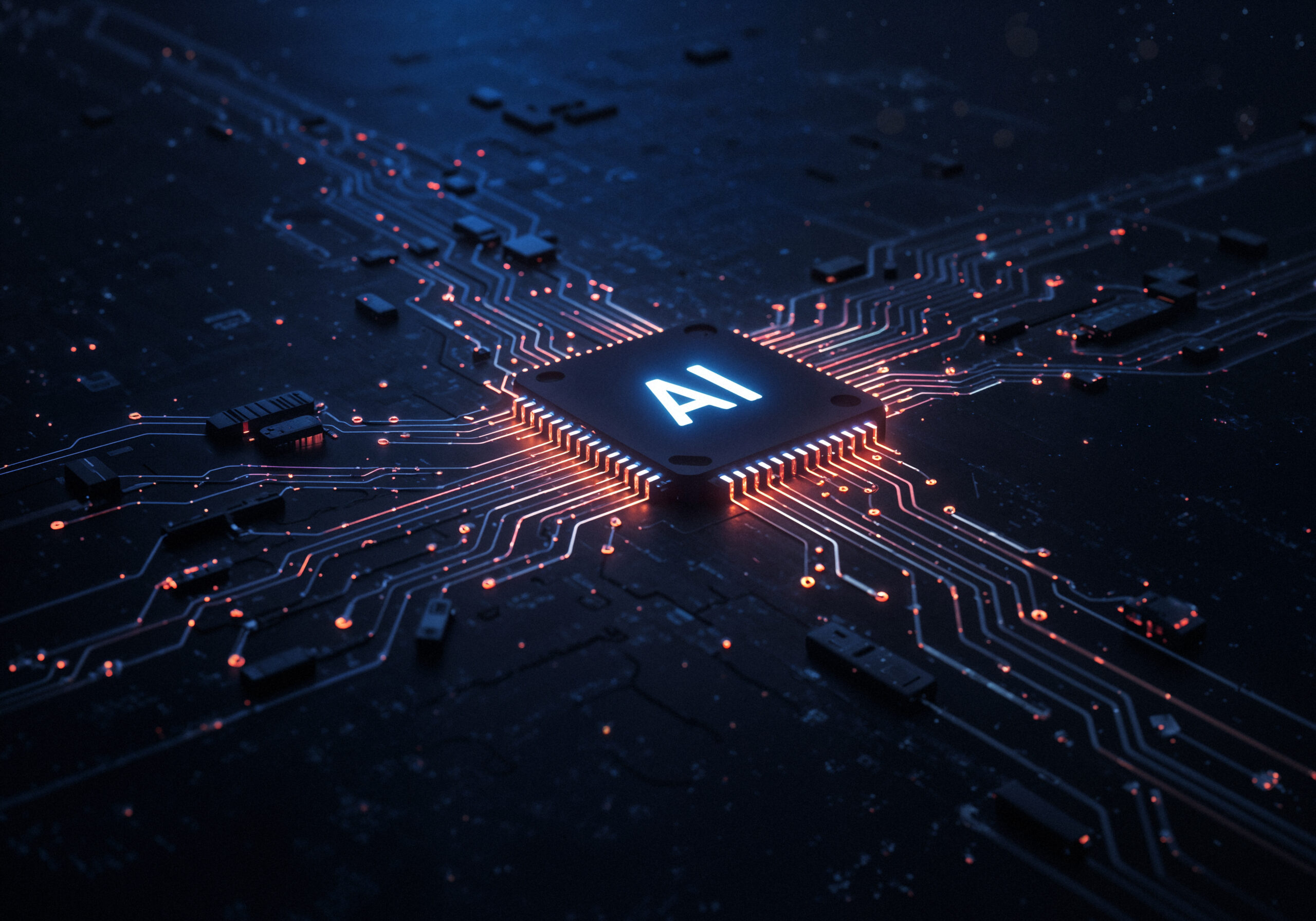(AI‑driven hyper personalization, customer journey mapping, predictive analytics, dynamic content, personalized marketing)
Introduction
In 2025, hyper‑personalization powered by AI is rapidly transforming how brands deliver smarter customer journeys. By leveraging predictive analytics, behavioral targeting, and dynamic content, marketers deliver individualized experiences in real time. This blog covers the benefits, strategies, and tools that boost CRO, engagement, retention, and SEO performance.
Why AI-Powered Hyper‑Personalization Matters
- Brands using AI-driven hyper-personalization report up to 40% higher revenue and improved customer loyalty by up to 75%.
- Search engines reward websites that align with user intent and provide relevant, dynamic content, boosting organic rankings.
- Hyper-personalized journeys lead to improved click‑through rates (up to 72%) and conversion lifts (up to 68%).
Key AI Techniques Powering Smarter Customer Journeys
- Behavioral Segmentation & Predictive Analytics
AI analyzes browsing behavior, purchase history, and engagement metrics to create micro‑segments and predict individual behaviors.
- Dynamic & Adaptive Content
Web pages, emails, and landing pages adapt in real time based on user context—location, device, search intent, past visits—to deliver dynamic content tailored to each visitor.
- Recommendation Engines & Generative AI
From custom product suggestions to AI-generated messaging, recommendation engines and generative AI craft personalized experiences at scale.
- Natural Language Processing & Conversational AI
Chatbots and voice assistants powered by NLP understand intent, sentiment, and context to deliver real‑time personalized support and tailored recommendations.

How These Strategies Improve SEO
- Tailoring experiences to user behavior reduces bounce rate and increases dwell time, both positive signals to Google.
- Predictive and behavioral optimization ensures content matches searcher intent, boosting SERP performance.
- Localized and personalized content improves click-through and relevance for voice, visual, and long‑tail searches.
Best Practices: Implementing AI Hyper‑Personalization
✅ Use a Customer Data Platform (CDP)
Aggregate data across channels to build a unified profile and create real‑time, cross‑channel personalization.
✅ Integrate AI-Powered CRM & Automation
Platforms such as HubSpot AI, Salesforce Einstein, Dynamic Yield, and Optimizely offer tools for automation and precision personalization.
✅ Optimize Landing Pages Dynamically
Adapt content based on visitor intent—differing headlines, CTAs, testimonials, or imagery based on behavior or source.
✅ Leverage Voice & Visual Search Optimization
Ensure content is structured to serve conversational voice queries and visual search formats.
✅ A/B Test & Iterate Continually
Use AI‑driven A/B and multivariate testing to refine personalized experiences and maximize effectiveness.
✅ Prioritize Privacy & Transparency
Explain data collection clearly, offer opt‑in/out choices, and comply with GDPR, CCPA, and other regulations for trust and compliance.
Top AI Tools for Hyper‑Personalization in 2025
- HubSpot AI Personalization Engine — Predictive segmentation, dynamic email/web content, CRM integration for scalable personalization.
- Salesforce Einstein — Multi‑channel personalization, predictive analytics, automated campaign optimization.
- Dynamic Yield / Optimizely — Real‑time content testing, AI‑driven personalization frameworks for web and mobile.
- Google Analytics AI Insights — Identifies hidden behavior patterns and recommends targeted content to boost conversions.
Real‑World Case Studies
- Sephora employed generative AI for virtual makeup trials personalized per user—boosting engagement by 30% and increasing conversions by 11% .
- Adidas used predictive analytics to deliver hyper‑targeted ads, improving conversion rates by 30%.
- North Face implemented a voice‑powered AI assistant using weather and purchase history to drive personalized recommendations—CTR improved by 60%.
Future Trends & What’s Next
- Agentic AI will increasingly take a proactive role—anticipating needs rather than reacting—further personalizing customer journeys.
- Omnichannel personalization will become seamless—from web to app to in-store experiences.
- AR/VR personalization and emotional AI will introduce new immersive, tailored experiences, bridging data precision with human feeling.
Conclusion
Hyper‑personalization powered by AI is no longer optional—it’s essential. By combining predictive analytics, dynamic content, and careful privacy practices, brands can boost user engagement, drive higher conversions, and climb the SERPs. As agentic AI, omnichannel integration, and immersive personalization mature, forward‑thinking brands get an edge in 2025 and beyond.




